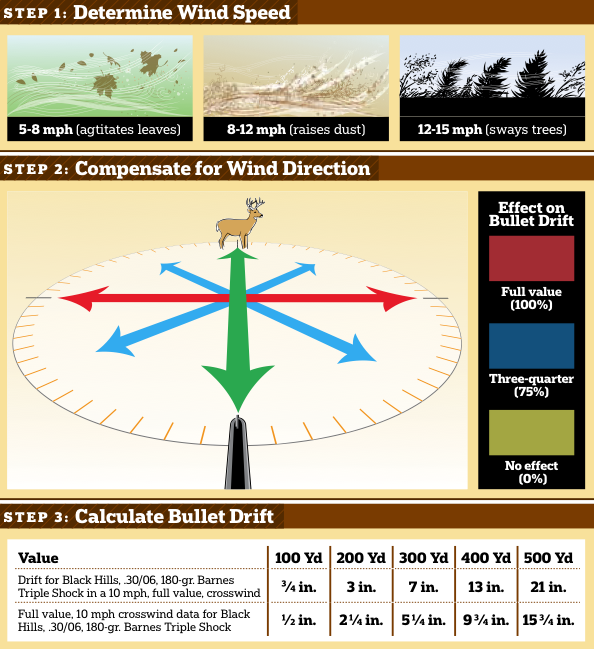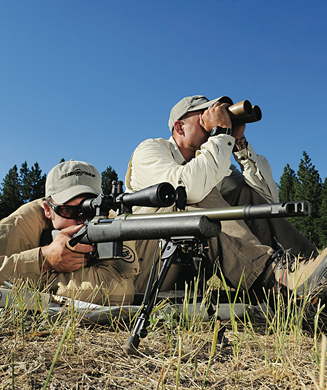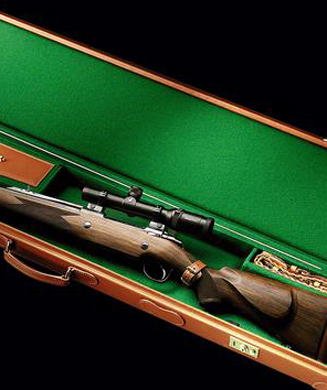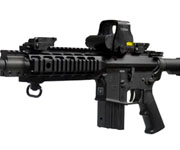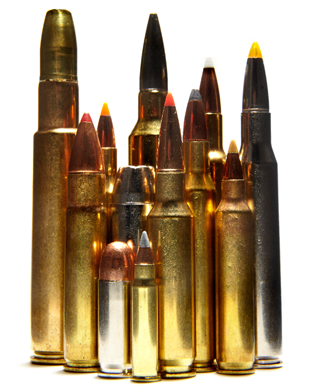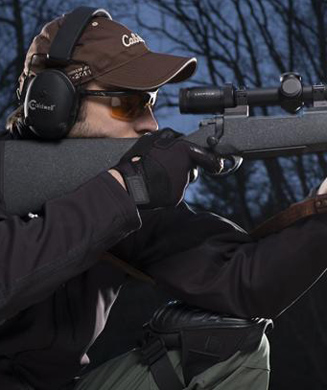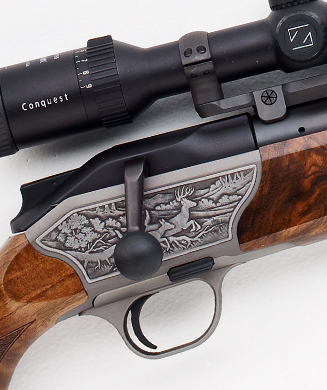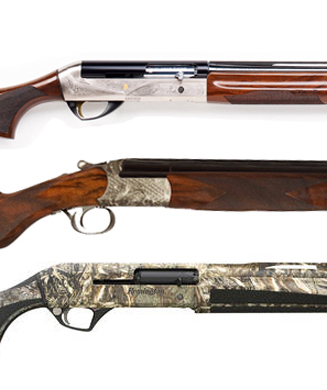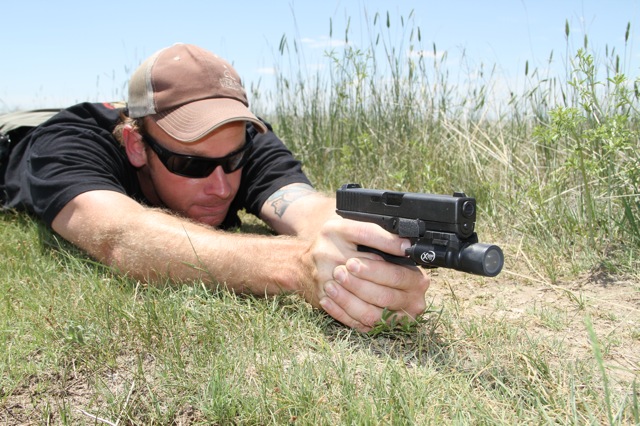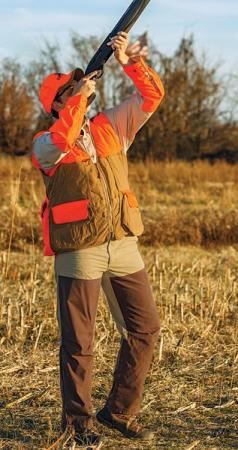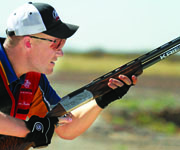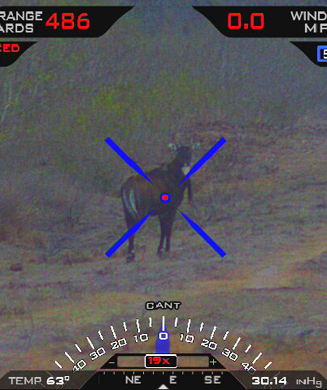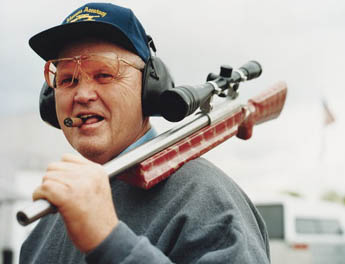We may earn revenue from the products available on this page and participate in affiliate programs. Learn More ›
A long-range shooter’s greatest challenge is the wind—estimating it, understanding its effect on a bullet’s flight and compensating for it. The simplest way to handle a crosswind is to relocate. Reposition directly upwind or downwind of your target, and you’ll neutralize the wind’s effect on your bullet. However, there are times, especially while hunting, when this can be impractical or impossible.
Close the Gap
Alternatively, you can reduce the wind’s effect by stalking toward your target. Get to within 100 yards and you won’t even have to compensate. In a whistling 30 mph, 90-degree crosswind, for example, at 100 yards, the wind drifts a .30/06, 180-grain bullet less than 3 inches. Other than in these limited circumstances, however, precision shooting requires accurate wind estimation and compensation.
Measure the Wind
A handheld wind gauge can accurately measure wind speed, but only where you are situated—not where your target is, or in the distance in between. Still, that measurement is a handy yardstick for comparing your location’s wind speed to that near the target and along the path of your bullet.
The classic way of estimating wind speed is to observe how it affects objects. A wind lightly felt upon your face is 3–5 mph; a 5–8 mph breeze agitates leaves on trees; an 8–12 mph wind raises dust; a 12–15 mph wind sways small trees; and open water begins to whitecap at 17 mph.
Compensate for Angle
After estimating wind speed, you still need to consider the wind’s angle compared to the flight of your bullet, using the Clock System. Twelve o’clock, as shown in the diagram, is a wind coming directly from your front, six o’clock directly from your back, and 9 and 3 o’clock from left and right, respectively. Winds coming from 9 or 3 o’clock have the greatest, or “full,” effect, while a wind coming from 12 or 6 o’clock has no value because it will not push your bullet right or left. A rough rule-of-thumb is that winds halfway between the four primary directions require three-quarters value.
Calculate the Drift
To find your projectile’s wind drift, find the manufacturer’s ballistic data online or in a product brochure; all you need is the 10 mph full value, a wind that’s blowing directly right or left across your bullet’s path.
Jot down and memorize the 10 mph, full-value data, and you can do the rest in your head. Say your target is 400 yards, and the wind is 5 mph, blowing from 2 o’clock. Since 13 inches is the drift for 10 mph, halve it for 5 mph—6.5 inches—and round it to 7 inches. The wind’s at 2 o’clock, so go with 3⁄4 value—about 4 inches. Therefore, you should aim 4 inches into the wind to drift your bullet to the intended point of impact. (See Step 3.)
Shoot at the Right Time
When you encounter multiple winds of varying speeds, time your shot so it’s calm near you and compensate for the far wind. Similarly, if one wind is gusting and another steady, shoot between gusts, with compensation for the steady wind. Master the wind, and you may well have mastered long-range shooting.

